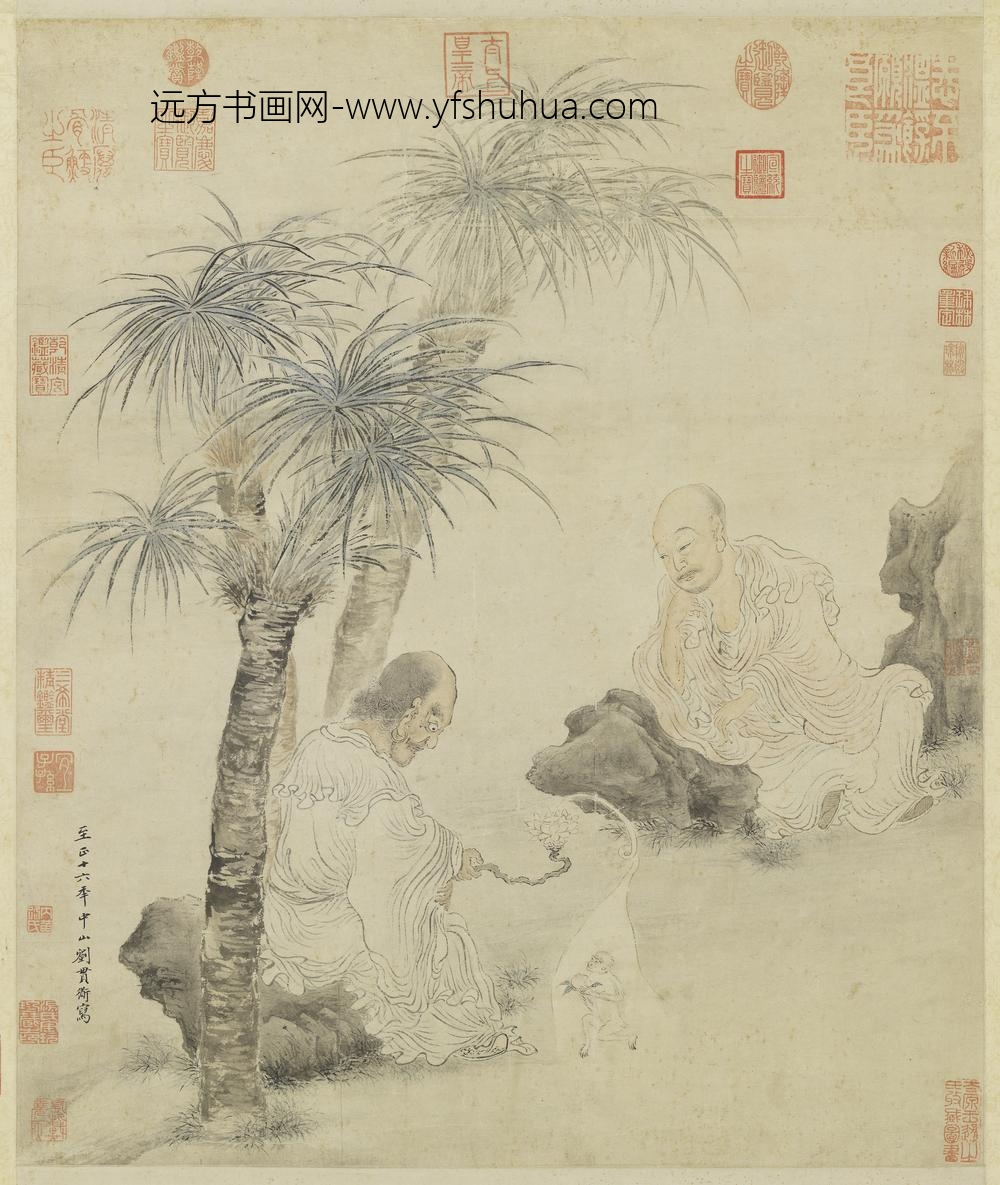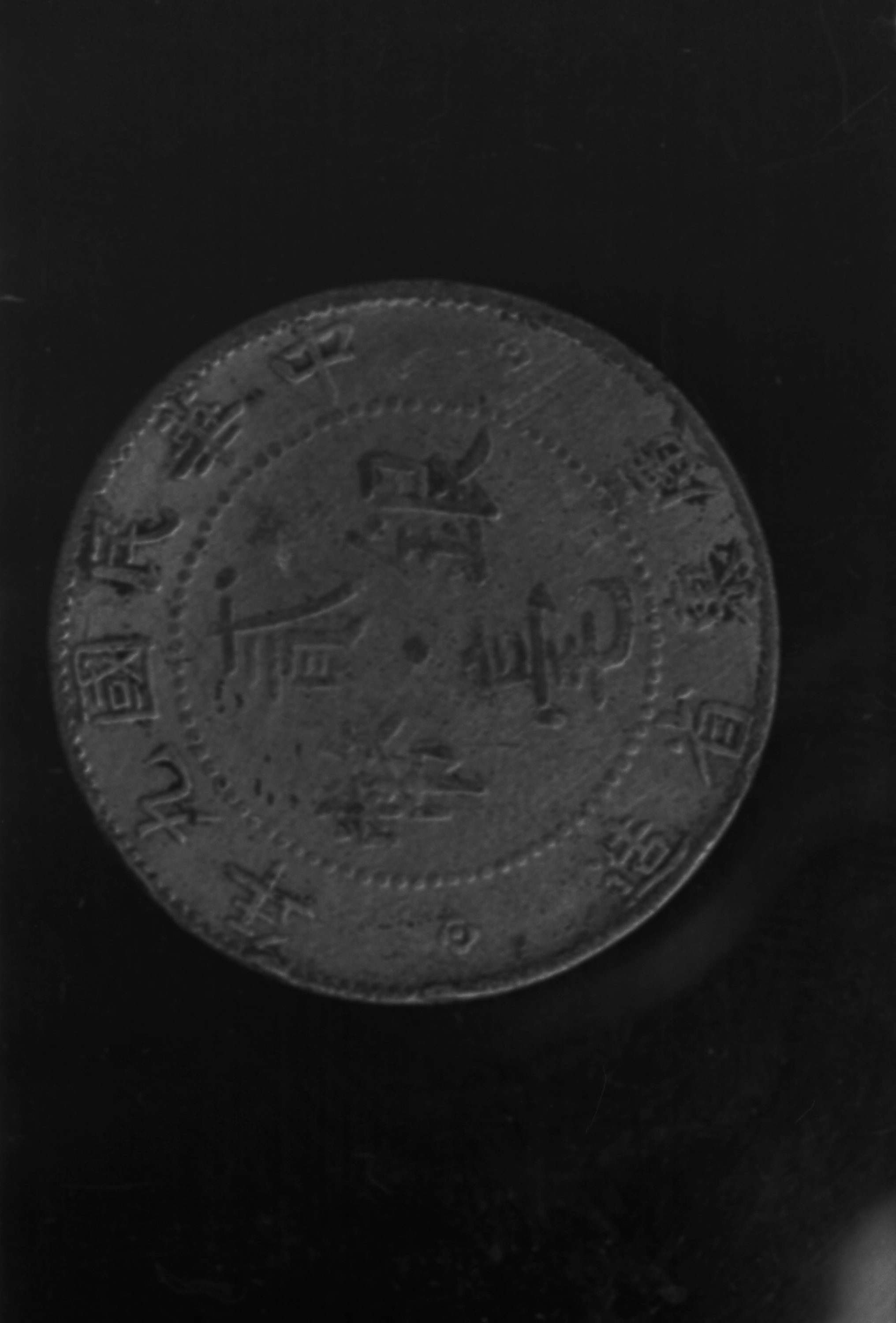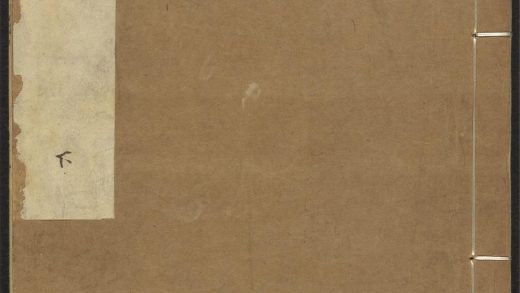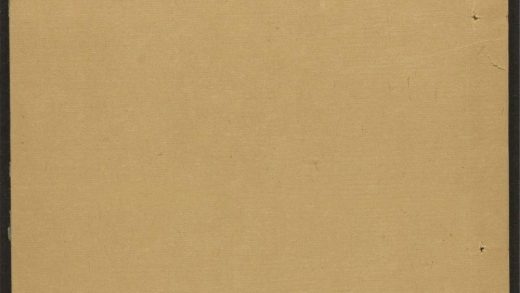【作品基本信息】
| 作者 | 刘贯道 |
| 品名 | 画罗汉图轴 |
| 朝代 | 元朝 |
| 文件大小 | 18.04MB |
| 分辨率(DPI) | 300×300 |
| 像素大小 | 2253×2670 |
| 尺寸(CM) | 19.07×22.6 |
| 创作时间 | 元顺帝至正十六年(1356) |
| 作品数量 | 1 |
| 作品收藏 | 台北故宫博物院 |
| 图片格式 | 默认提供TIF和JPG两个版本 |
基本数据
| 藏品类型 | 绘画 |
| 品名 |
元刘贯道画罗汉 轴 Lohans |
| 分类 | 绘画 |
| 作者 | 刘贯道 |
| 创作时间 | 元顺帝至正十六年(1356) |
| 数量 | 一轴 |
典藏尺寸
| 【位置】 | 【尺寸】(公分) |
| 本幅 | 67.4×56.6 |
质地
| 【质地位置】 | 【质地】 |
| 本幅 | 纸 |
题跋数据
| 【题跋类别】 | 【作者】 | 【位置】 | 【款识】 | 【书体】 | 【全文】 |
| 作者款识 | 刘贯道 | 本幅 | 至正十六年(公元一三五六年)中山刘贯道写。 | 楷书 |
主题
| 【主题类别】 | 【主题(第一层)】 | 【主题(第二层)】 | 【主题说明】 |
| 主要主题 | 佛道人物 | 罗汉(应真、尊者) | 罗汉 |
| 主要主题 | 树木 | 棕榈 | |
| 其他主题 | 果蔬 | 桃子 | |
| 其他主题 | 走兽 | 猴 |
技法
| 【技法】 | 【技法细目】 |
| 工笔 | |
| 人物衣纹描法(匀称线条) | |
| 苔点 |
参考数据
| 【类别】 | 【参考数据】 |
| 收藏着录 | 秘殿珠林续编(干清宫),页114 |
| 收藏着录 | 故宫书画录(卷五),第三册,页175 |
| 收藏着录 | 故宫书画图录,第四册,页27-28 |
| 参考书目 | 1.李玉珉,〈元刘贯道画罗汉〉,收入李玉珉主编,《罗汉画》(台北:国立故宫博物院,1990年初版),页76。 |
| 内容简介(中文) | 刘贯道(约活动于公元一二七O-一三OO年),字仲贤,中山(今河北定县)人。善画,写御容称旨,补御局使。道释、人物悉宗晋唐古法。山水宗郭熙,花竹鸟兽亦能集诸家之长。 一罗汉正显神通,杖上莲花化出一灵猴献桃,另一罗汉倚石而观。人物衣褶结构疏散,笔笔间衔接不很紧密,但意趣已足。设色浅淡,有清雅脱俗之致。画上有至正十六(公元一三五六)年款,惟刘氏活动年代似未迟至该年。 |
| 内容简介(英文) | Liu Kuan-tao (style name; Chung-hsien) was a native of Chung-shan (modern Ting County, Hopeh). Excelling at painting and imperial portraiture, he was appointed a commissioner of an imperial bureau. His religious and figure paintings were closely modeled on the ancient methods from the Chin (265-420) and T’ang (618-907) periods, while his landscapes were modeled after those of Kuo Hsi (after 1000-ca. 1090). Liu Kuan-tao was also able to combine the virtues of various painters in his depictions of flowers, bamboo, birds, and other animals. In this painting, a lohan demonstrates his supernatural powers by transforming the carved lotus flower on his cane into a monkey offering a peach. The other lohan leans against a rock watching this manifestation. Even though the figures and drapery lines are cursorily painted and the brushstrokes are not well connected, the intent behind the brushwork is nonetheless sufficient to convey the idea of the forms. The colors are so light as to achieve an air of pure elegance, and they thus remove any traces of commonness. On the painting is an inscription dated to 1356, but Liu Kuan-tao’s period of activity appears not to have extended to this year. |
【作品展示】

元刘贯道画罗汉轴




